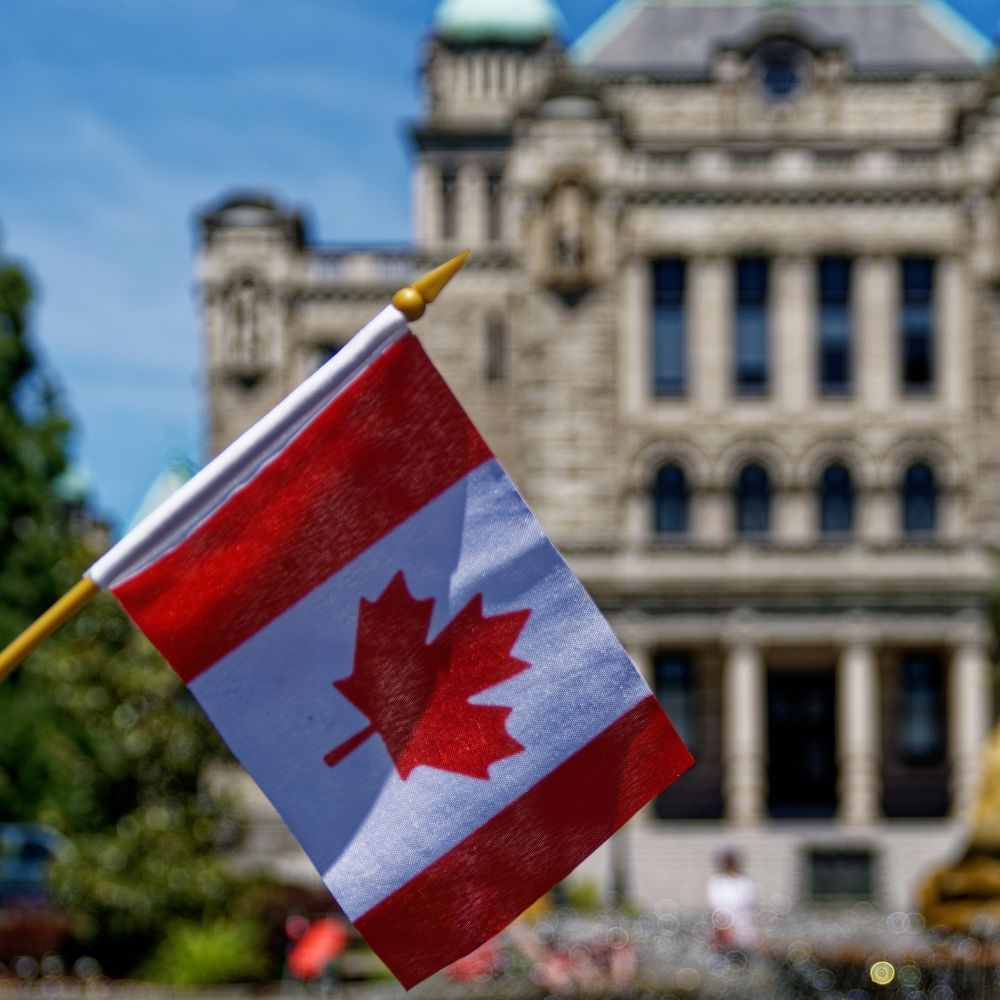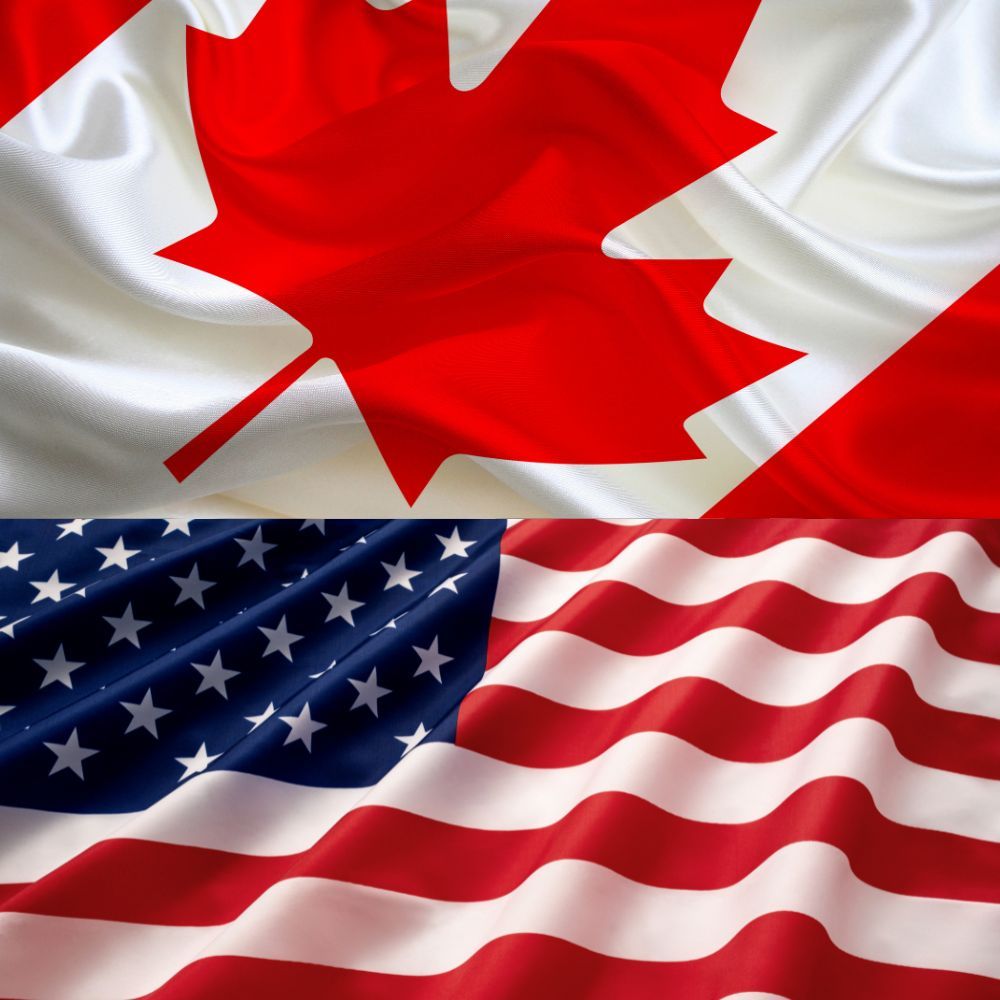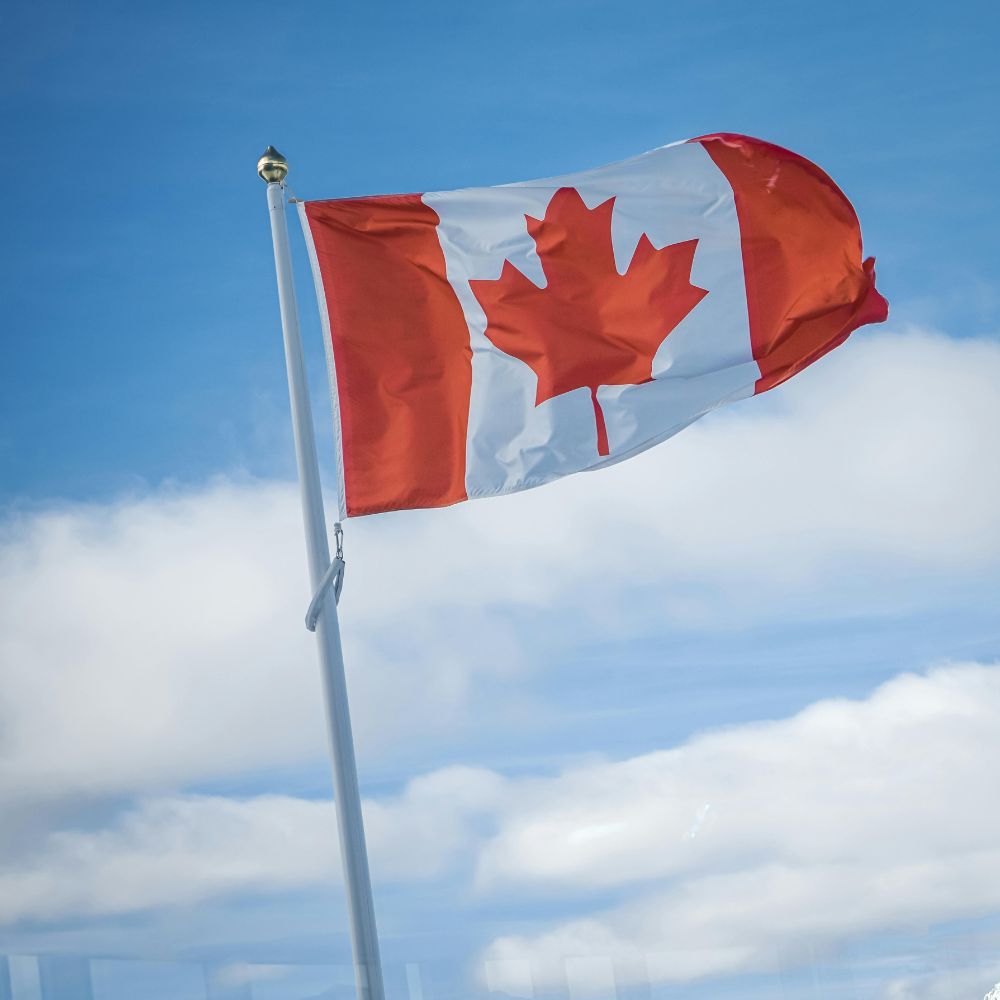More and More Canadians Struggling to Get By
You know that the number of Canadians crushed by rising costs is becoming a national crisis when both military families and auto workers complain of living pay cheque to pay cheque, and when 40 percent of post-secondary graduates are leaving high-cost Toronto in large numbers because they can’t afford to live there. The phenomenon of the graduate living in his or her parent’s basement because they can’t afford rent is used regularly by the federal opposition to shame the federal government who are finally trying to do something about unaffordability that affects nearly everyone.

Unaffected of course are the wealthiest households (top 20 percent) who account for more than two-thirds (67.9 percent) of net worth at the end of 2022. These are the corporate titans who are the constant butt of the NDP who continue to call for a wealth tax to even out glaring inequality. It was interesting to hear UNIFOR auto workers leadership and strikers refer to the huge salaries of automobile executives as a reason to give workers more. And up to present the union has been successful in bringing workers back to middle class wages.
The huge profits of the major grocery chains and the over generous salaries of their executives has been a recurring theme in recent federal politics. And recently a large survey on grocery buying habits in a high price scenario has nearly half sacrificing nutritional value for price. Sixty-three percent are “worried that compromising on nutrition due to high prices may have adverse long-term effects of their health”. This is a shocking finding indeed.
Canadians appear to be sacrificing a lot of extras to keep their mortgages out of arrears as many monthly payments have doubled with rising interest rates. Power of sale rates in Toronto are up marginally. But both renters and mortgage holders are struggling to meet higher costs. One Angus Reid survey showed that a year ago last June one-in-five (19 percent) renters reported it was very difficult to meet rising costs, now one-quarter (24 percent) say the same. The proportion of homeowners who find their mortgage difficult to manage has risen from one-third (34 percent) to 45 percent!
As costs of basics have risen, many Canadians have used credit to keep up. Overall consumer debt has hit a record high in Canada, and any further rate increases from the Bank of Canada would put pressure on Canadians holding credit card balances and other loans. Already, one-quarter (26 percent) say their debt is a major source of stress for them. Two-in-five (42 percent) worry about their debt in a more minor way. This figure is higher among mortgage holders who 30 percent say is a major source of stress.
The most recent Bank of Canada rate hike to 5 percent means more bad news according to a July Angus Reid survey: “Currently, two-in-five (37 percent) mortgage holders are having a difficult time making their payments. Among this group, nine-in-ten say this latest rate increase will further exacerbate this. Further, among those who say their payments are currently “manageable”, a majority (60 percent) say that this decision will negatively affect their ability to keep payments in this comfortable zone going forward.
In October a Leger poll of young Canadians painted a bleak picture of their particular struggles. The situation is getting worse with each passing year: Generation Z (born 1997 onwards) and millennials (born between 1981 and 1996) lack confidence in the future,” the report stated. It found half of these young Canadians living pay cheque to pay cheque. The rising cost of living is pressing on young Canadians’ minds even more than last year: 48 percent said they feel the added costs on the regular payment of their credit card or bills, compared to 40 percent in 2022. Around 72 percent of renters said their rent takes up too much of their expenses and 81 percent said they’re renting because they’re “unable to buy property.” Another 67 percent said they don’t think they’ll be able to buy property in the next few years, with 68 percent of youth living with family stating the same.
Young people generally find themselves completely priced out of homes in the GTA. Wages have remained relatively stagnant while house prices have doubled since the 1990’s. Rental prices have more than doubled in the same time period. A, one-bedroom units in Toronto are hitting the market for more than $2,600, while two-bedroom apartments command more than $3,400 and three-bedroom units cost about $3,800, according to a report by rentals.ca and Urbanation. As of September 23 the average annual salary in Toronto is $57,550, which works out to be approximately $27.67 an hour. This is equivalent to $1,106 a week or $4,795 a month. Is it any wonder that the city is simply unaffordable for so many.
The affordability crisis may be most exaggerated in Toronto, but it is felt nationally. According to a survey conducted by Abacus Data in July, the rising cost of living is far and away the top concern for Canadians, while housing affordability now rivals health care as a priority. Recent data from Environics also shows that Canadians are markedly more worried about household debt than they were a decade ago — with the biggest spike in debt anxiety reported among those aged 18 to 44.
In 2012, Justin Trudeau mused on a theme which helped carry him to victory three years later and is still a touchstone of Liberal strategy. "Those who think the middle class is thriving in this country should spend more time with their fellow citizens," Trudeau wrote in October 2012, shortly after launching his bid for the Liberal leadership. "[The] squeezing of the Canadian middle class does not need to be explained to those who live it every day." Clearly the kind of anxiety revealed is hardest on the so-called middle class who have the highest consumption rates most affected by rising prices. And at the lower end many still have mortgages. When Trudeau or ministers talk about the middle class and “those working hard to join it” the slogane becomes more age inclusive There is now a powerful Cabinet Committee chaired by the Deputy PM Chrystia Freeland which targets Canada’s principal ailments. It is a, “Ministerial Working Group on the Middle Class, Economy and Housing - Provides strategic leadership in considering measures to support the middle class and those working hard to join it, to make life more affordable, and to remove barriers to building more homes, faster to drive down the cost of housing”. An old wrapping for new critical problems.
All this anxiety which more and more Canadians feel about the economy is a major challenge for the solution-minded Liberal team. The leader of the Opposition has many Canadians believing that unaffordability is all Trudeau’s doing with rising interest rates (not under the government’s control) and the Liberal gas tax. The die is cast for the next election for sure and the government will be survive or fall on how successfully it addresses what is a widespread and deeply felt economic crisis.
Patrick Gossage Insider Political Views




